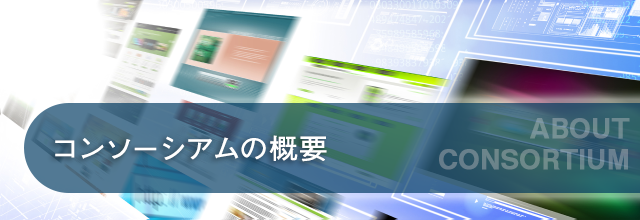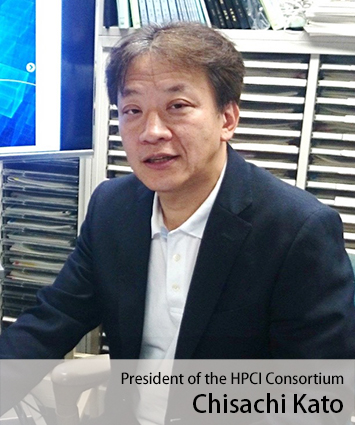

Greeting

By being recommended in the General Assembly Meeting held on May 31, 2018, I have taken office as the fourth-generation President of the HPCI consortium. My name is Chisachi Kato of Institute of Industrial Science, The University of Tokyo, and I will do my best for further development of the consortium for the next two years.
As the President, let me review the historical background that resulted in the foundation of the consortium. The budget screening process by the Government Revitalization Unit made a critical evaluation on The Next-Generation Supercomputer Project in November 2009, when the full-scale manufacturing for the K computer was about to start. Reflecting this evaluation, the project was reconsidered and renamed High-Performance Computing Infrastructure (HPCI) project and its continuation was approved. The HPCI project aims to build, and to promote the use of, an innovative computing environment that is centered around the flagship computer K and that meets various needs from the users. Specifically, the project has two goals. The first goal is to build an HPCI that connects nationwide HPC resources with the K computer as the core. The second goal is to establish a consortium that will integrate communities related to computational science and engineering and to develop and operate the HPCI under the lead of such a consortium. To achieve this second goal, the General Incorporated Association HPCI Consortium was founded in April 2012, a half year prior to the start of service of the K-computer. Namely, this consortium must play a leading role in the development and operation of the HPCI.
Since founded in April 2012, the consortium has made steady development, due to the great efforts that the former presidents, Mr. Ukawa, Mr. Fujii and Mr. Nakashima and Executive Directors in the past three generations have made as well as due to the contributions from the members. As of May 2018, the consortium has 34 full members (15 representatives of an HPCI User Community and 19 representatives of an HPCI Resource Provider) and 16 associate members, and a total of 50 members. It is run by the annual fee approximately of 7 million yens paid by the full members.
The service of the current flagship computer K will be stopped in 2019, and the next flagship computer, post-K will start its service in 3 years in 2021 if things go smoothly. With the service of the post-K computer, the nationwide computer resources that will be provided by the HPCI will remarkably be enhanced, and great outcome is expected. To accelerate creation of the expected outcome, I would like to discuss with the members of the consortium and the users in the communities what initiatives this consortium, which is responsible for leading the HPCI project, should take. I am committed to take actions along such leading initiatives.
